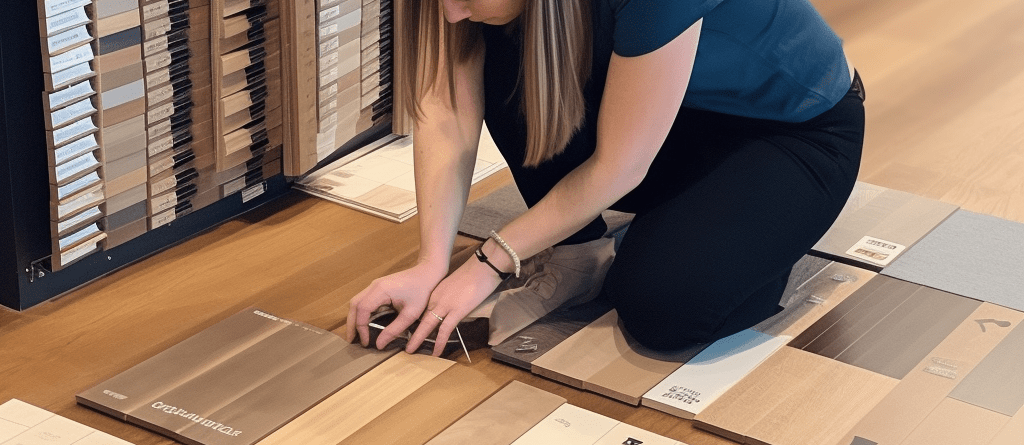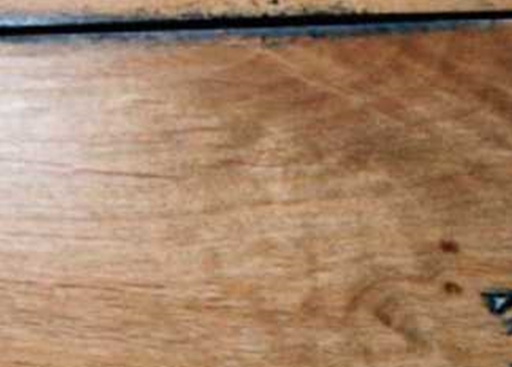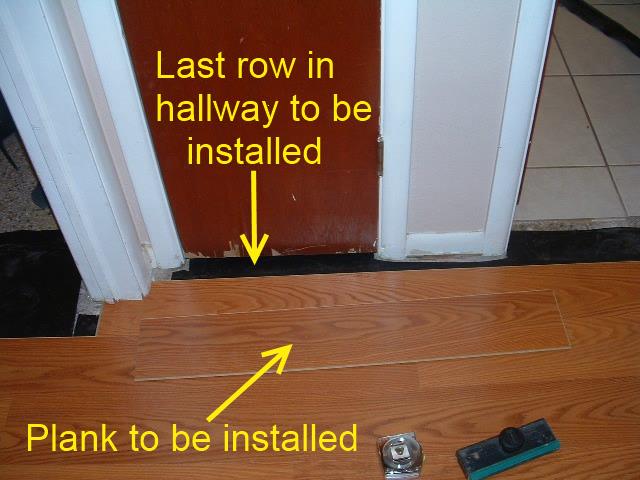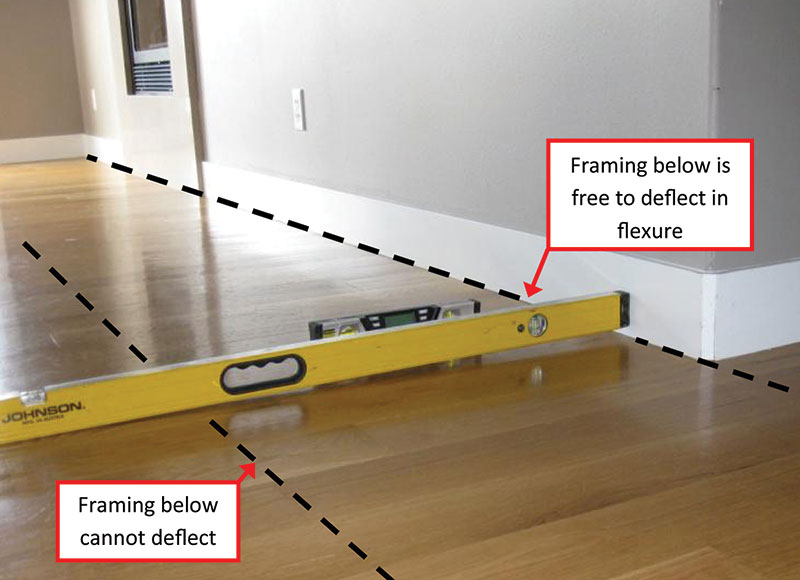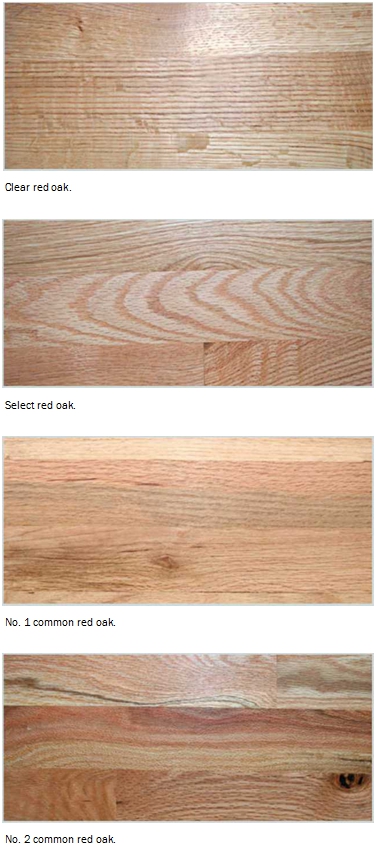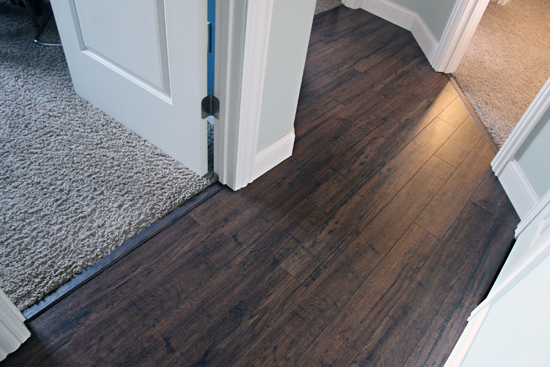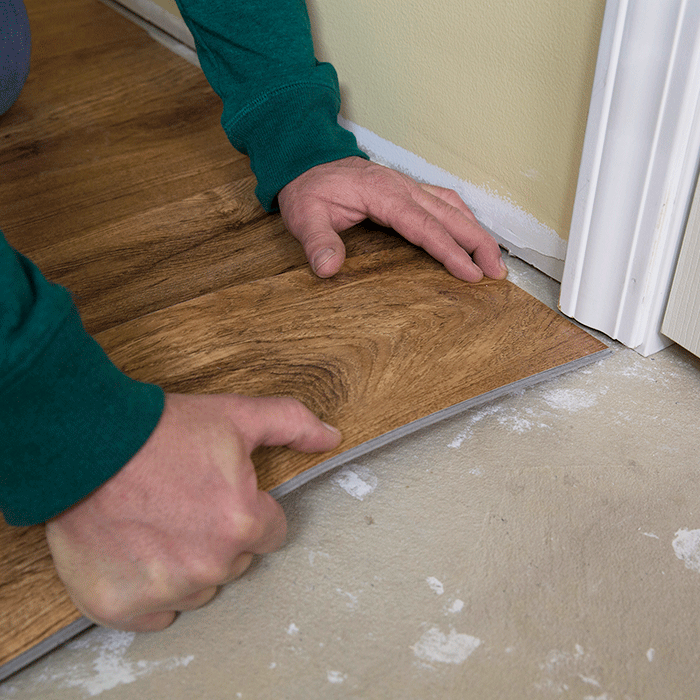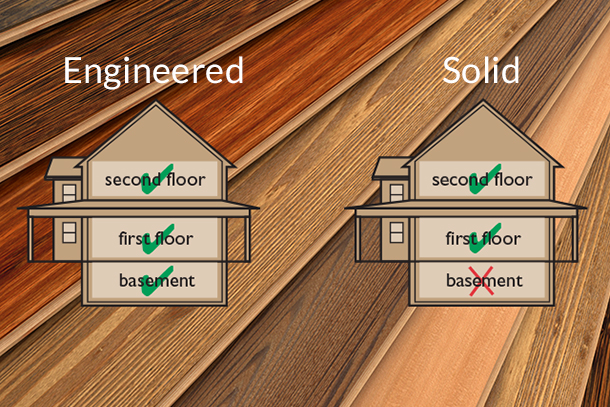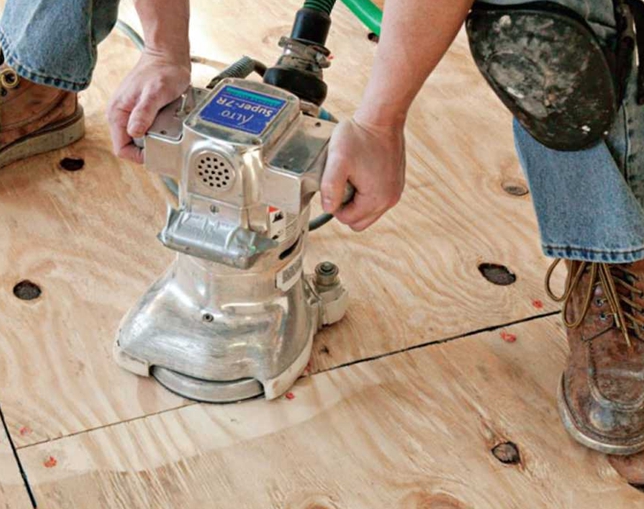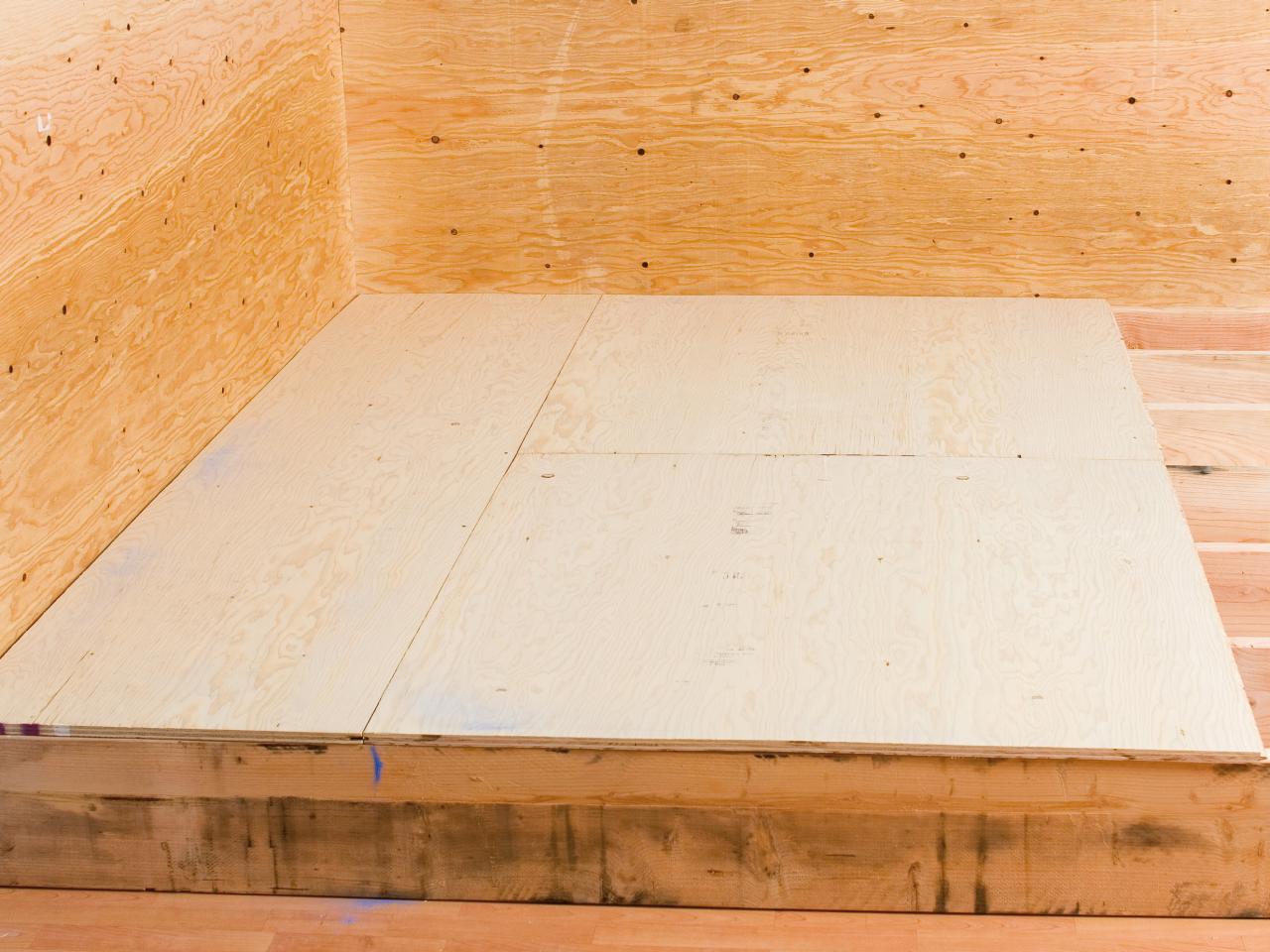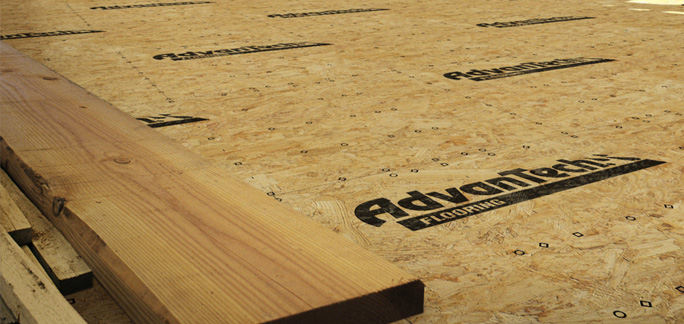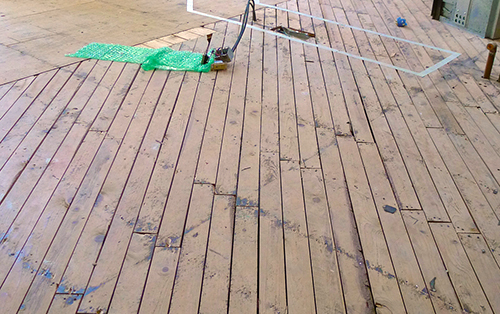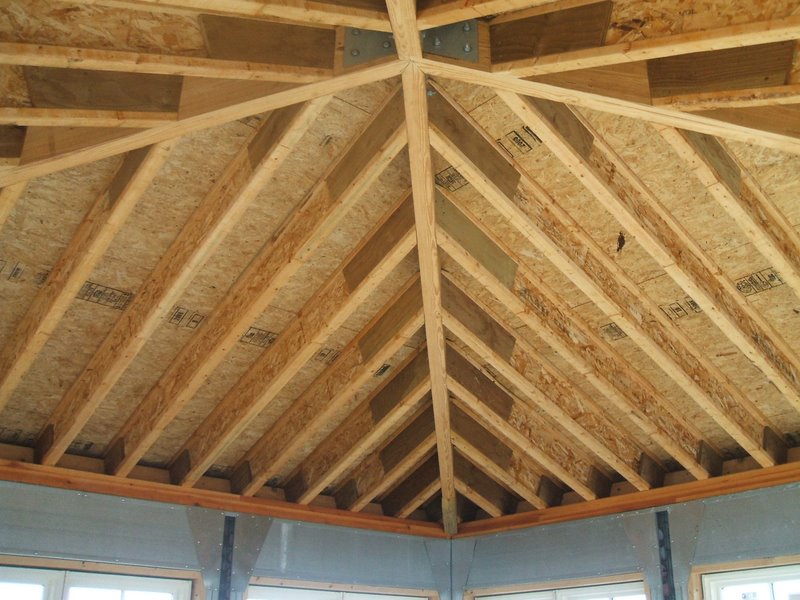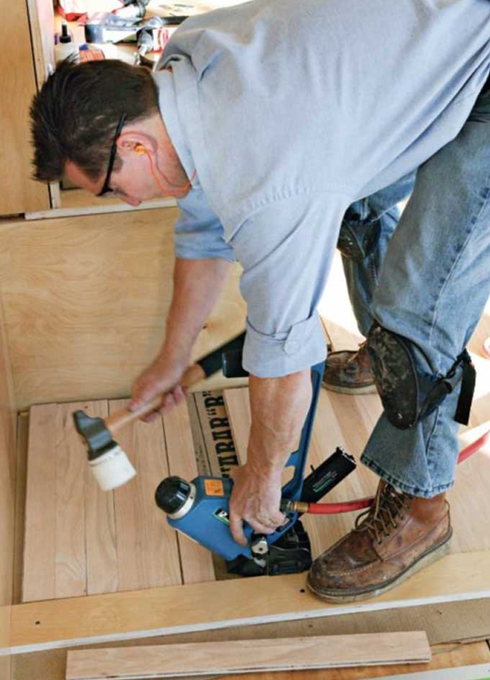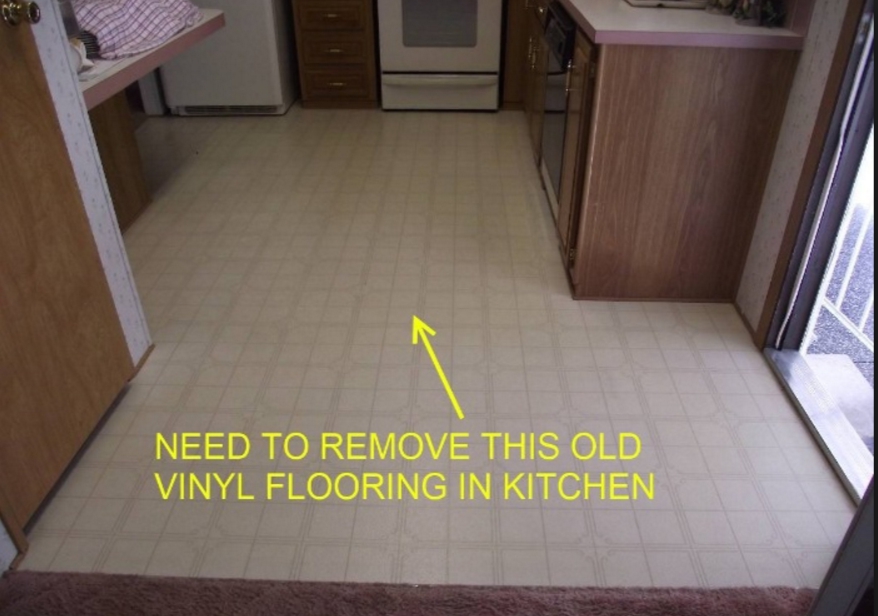Hardwood Flooring: Choosing the Right Wood Species for Your Home
In recent years, the allure of hardwood flooring has grown tremendously in popularity among homeowners. With its timeless elegance, unmatched durability, and the unique feel it adds to any home, the appeal is truly hard to resist. However, the decision-making process doesn't end once you've chosen to install hardwood floors - choosing the right wood species for your home is a critical factor that you must consider for both its functional and aesthetic implications. In the world of hardwood flooring, a...


